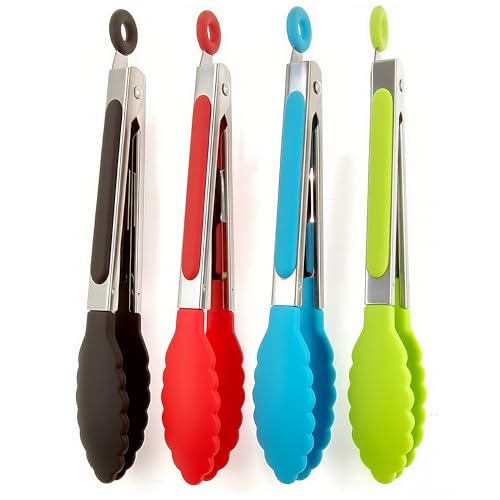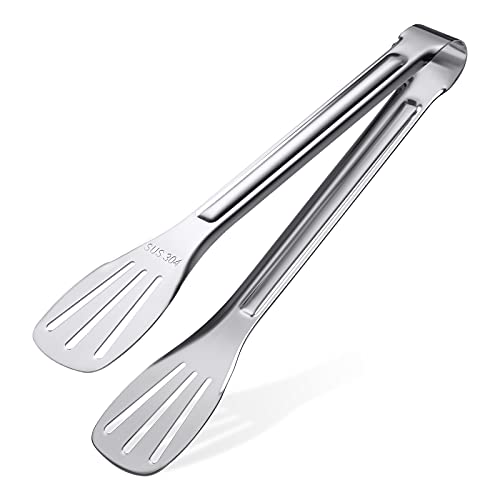Seasoning Cast Iron Tongs: A Step-by-Step Guide
Cast iron tongs are a versatile and essential tool in any kitchen. However, just like cast iron pans, they require proper care and seasoning to maintain their longevity and performance. Seasoning cast iron tongs not only prevents rust and corrosion but also helps to develop a natural non-stick surface, making them easier to use. In this guide, we will walk you through the step-by-step process of seasoning cast iron tongs.
Why is seasoning important for cast iron tongs?
Similar to cast iron pans or skillets, cast iron tongs can benefit from seasoning. Seasoning is the process of building a protective layer of polymerized oil or fat on the surface of the cast iron, which helps to prevent rust and creates a non-stick surface. When properly seasoned, cast iron tongs become more resistant to sticking, making them easier to use and clean. Additionally, seasoning enhances the flavor of your food by adding a subtle hint of the oils used during the process.
Step 1: Gather your materials
Before you begin seasoning your cast iron tongs, gather the following materials:
- Cast iron tongs
- Vegetable oil or flaxseed oil
- Paper towels or a clean cloth
- Oven or stovetop
- Oven mitts or heat-resistant gloves
Step 2: Clean the tongs
The first step in seasoning your cast iron tongs is to clean them thoroughly. Begin by removing any dirt or debris from the surface using a soft brush or sponge. Avoid using harsh or abrasive cleaning agents as they can damage the cast iron. Once you have cleaned the tongs, rinse them with warm water and dry them completely with a towel.
Step 3: Apply a thin layer of oil
With the tongs clean and dry, it’s time to apply a thin layer of oil to the surface. Choose a high-smoke point oil such as vegetable oil or flaxseed oil. Apply a small amount of oil to a paper towel or clean cloth and rub it evenly onto the surface of the tongs. Make sure to cover all areas, including the handle and the hinges. Be careful not to apply too much oil, as it can become sticky or gummy.
Step 4: Bake or heat the tongs
Next, you’ll need to heat the tongs to allow the oil to polymerize and create a protective layer. There are two common methods for this: using an oven or stovetop.
For oven seasoning: Preheat your oven to 350°F (175°C). Place the oiled tongs on a baking sheet or aluminum foil and bake them for about one hour. This process helps the oil to penetrate the iron and form a durable seasoning layer.
For stovetop seasoning: If you don’t have access to an oven, you can also season your tongs on the stovetop. Heat a burner on medium-low heat and place the oiled tongs on it. Allow them to heat gradually for about 30 minutes, flipping them occasionally to ensure even heating.
Step 5: Cool and repeat
Once the tongs have been baked or heated, remove them from the oven or stovetop using oven mitts or heat-resistant gloves. Let them cool completely before handling. The heat helps the oil to bond with the cast iron, creating a protective coating. To build a more durable seasoning layer, repeat steps 3 to 5 several more times. Each round of seasoning improves the performance and longevity of your cast iron tongs.
By following these steps and seasoning your cast iron tongs regularly, you can keep them in excellent condition for years to come. Remember to clean and dry them after each use, and avoid using harsh cleaning agents or abrasive materials that can strip away the seasoning. With proper care and maintenance, your cast iron tongs will become an invaluable tool in your kitchen.






